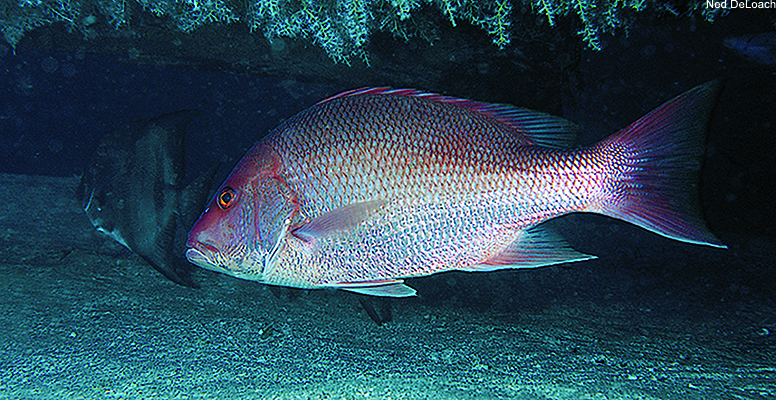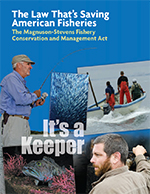Ocean Conservation: Move Beyond Species Protection
Here in the Gulf, ongoing work to rebuild red snapper to healthy levels is vitally important. An upcoming national summit of U.S. fisheries leaders in Washington could be an invaluable opportunity to move forward with a new federal policy that manages the health of marine ecosystems as a whole, rather than individual species, so that red snapper and other fish in the Gulf can be sustainably fished over the long term.
When managed properly, oceans can be a powerful economic engine for our nation. A recent report by the National Oceanic and Atmospheric Administration, or NOAA, finds that commercial and recreational fisheries generate roughly 1.4 million U.S. jobs and contribute $72 billion to the economy.

These numbers will continue to grow as more fisheries are restored to health — a process that is well under way, thanks to strong reforms that Congress enacted in 1996 and 2006.
In 1996, Congress made the first attempt to control overfishing by U.S. fishing vessels, building on the success two decades earlier of stopping rampant overfishing by foreign vessels. But not until 2006 did Congress give NOAA the enforcement tools it needed to end overfishing by the U.S. fleet, including the use of strong, science-based catch limits.
Now, severely depleted commercial and recreational fisheries around the nation are improving.
The Gulf red snapper tells the tale. Signs of trouble for the fish first appeared decades ago, but disputes over how to rebuild it went on for more than 15 years. By 2006, the population of mature red snapper was estimated to be only about 3 percent of historical levels.
The next year, a federal court ruled that NOAA managers needed to follow scientific advice in setting catch levels. In 2008, a science-based rebuilding plan was implemented, starting the species on the way to recovery.
Today we're starting to see the payoff of catch limits and other efforts to enforce and fine-tune rebuilding efforts. A 2009 study found that red snapper overfishing had finally ended after more than two decades. And just last year, the allowable catch climbed 7 percent to more than 8 million pounds, the fourth yearly increase.
Yet there are other fishing practices that continue to threaten the full restoration of U.S. fisheries. Indiscriminate commercial fishing gear such as surface longlines, which can stretch for 30 miles with hundreds of baited hooks, unintentionally kill bluefin tuna, which are severely depleted, and an array of other ocean wildlife. And a potential increase in the catch of small, schooling forage fish, which tarpon, snapper and other popular Gulf fish depend upon as a food source, has alarmed some scientists.
To deal with these challenges, policymakers need a more diverse set of tools at their disposal.
Fortunately, the May summit of U.S. fisheries leaders, being convened by NOAA in Washington, could provide those tools. It will be the first major step in a push to reauthorize and strengthen the primary law that governs the management of the nation's ocean fisheries, the Magnuson-Stevens Act.
Congress and fishery managers realized during the 1996 reauthorization process that although ending overfishing was the first priority, we also should protect the ecosystems upon which fish depend.
This means we need more than policy solutions that protect single species; we must take into account threats to broader areas of the ocean. Such steps would include tightening requirements to protect habitat from damaging fishing activities and minimizing the incidental catch of nontarget species.
Management tools also are needed to better account for ecosystem-wide changes in seawater temperature and acidity.
The United States has made considerable progress toward healthier oceans and a brighter future for our fisheries. Serious challenges remain, however. To face the problems of tomorrow, we must equip NOAA managers with the policy tools they need to safeguard the health of entire marine ecosystems, in the Gulf and beyond.







